New MIT metal-mesh membrane could solve longstanding problems with liquid metal displacement batteries; inexpensive grid power storage
Green Car Congress
JANUARY 25, 2018
A new metal mesh membrane developed by researchers at MIT could advance the use of the Na–NiCl 2 displacement battery, which has eluded widespread adoption owing to the fragility of the ?"-Al through the MIT Energy Initiative. Al 2 O 3 membrane. —David Sadoway. The work was supported by the French oil company Total S.A.



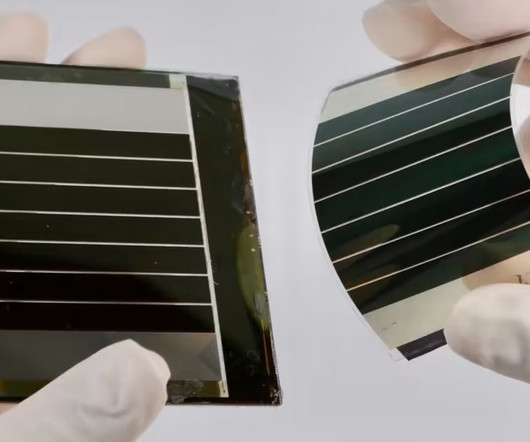




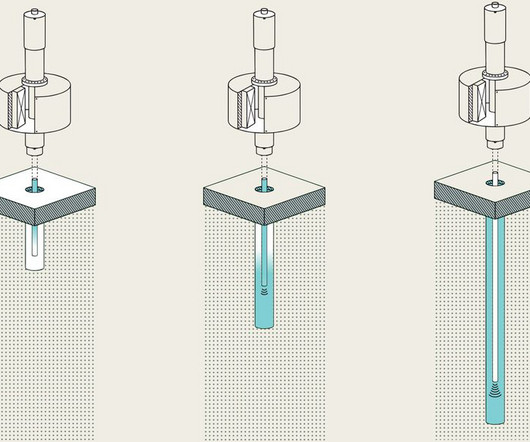









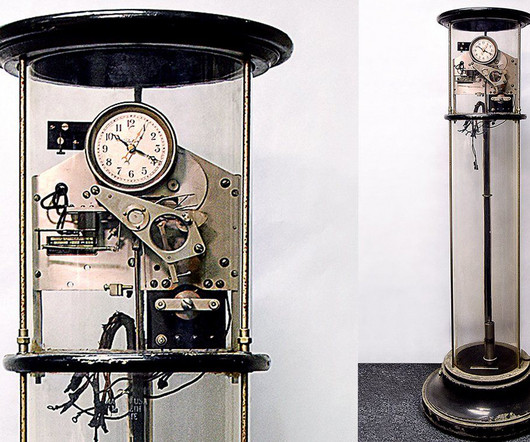

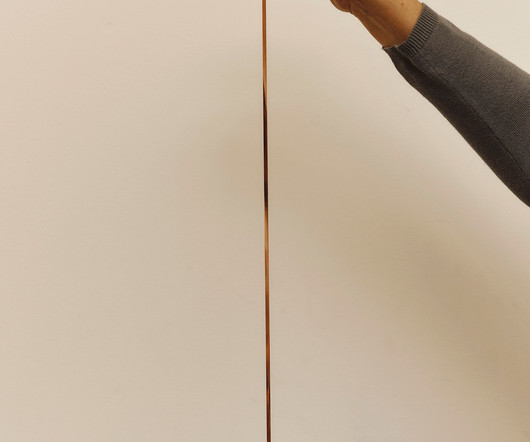


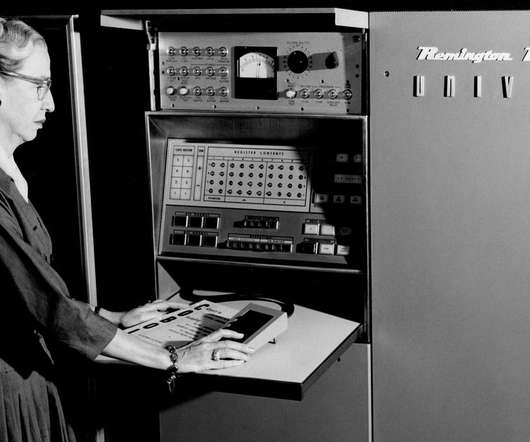




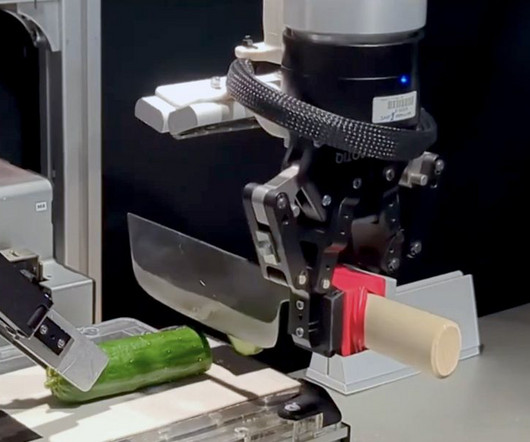
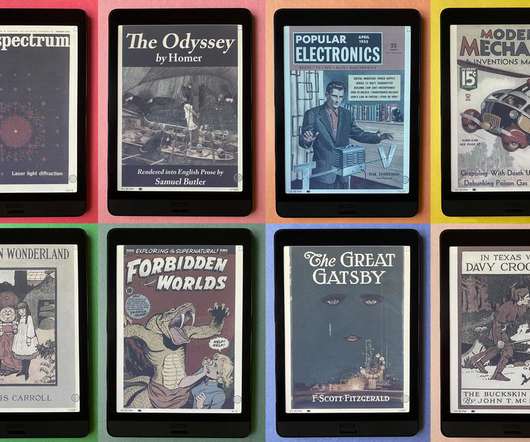




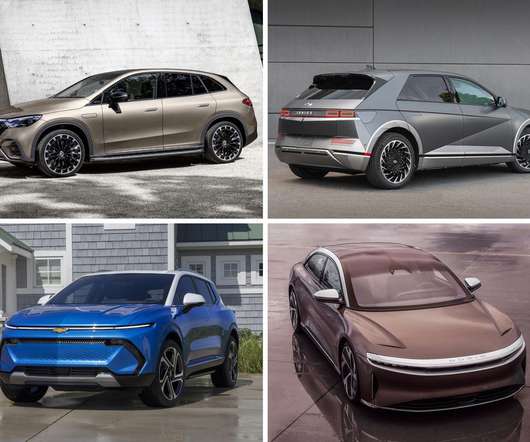






Let's personalize your content